Cooler Cities, Greener Spaces: How Thoughtful Site Design Makes Urban Living More Livable
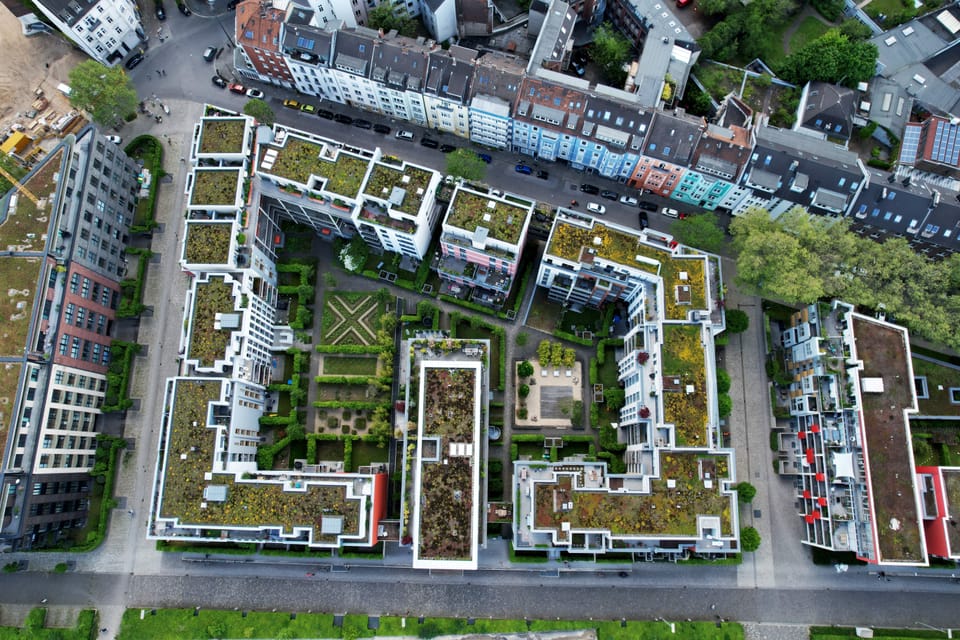
Originally published on my Blogger site in December 2023. Refined for clarity and to reflect current insights.
Introduction: A Warming World Calls for Smarter Cities
Sustainable site planning is no longer a mere trend—it has become a necessity. As cities continue to swell in population and scale, their environmental impact grows just as quickly. Climate change, urban heat, biodiversity loss, and water runoff are no longer distant concerns. They are unfolding realities that demand thoughtful responses from those shaping the built environment.
One of the most effective ways to address these challenges is through site planning. A well-chosen site, combined with nature-integrated design strategies, can drastically reduce a city’s ecological footprint. It can also improve the quality of life for its inhabitants—cooler streets, cleaner air, shaded walkways, and places where biodiversity thrives amidst concrete.

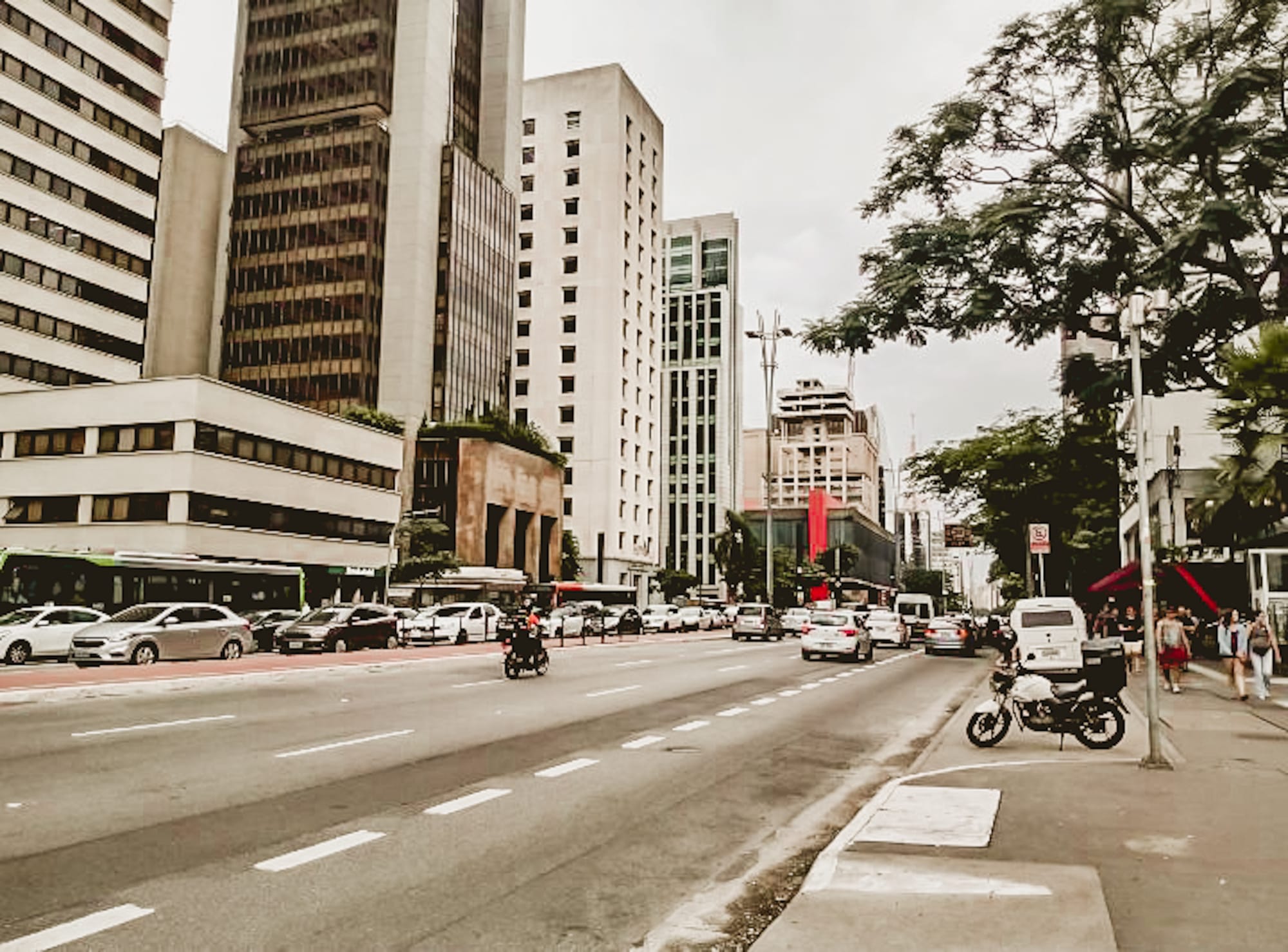
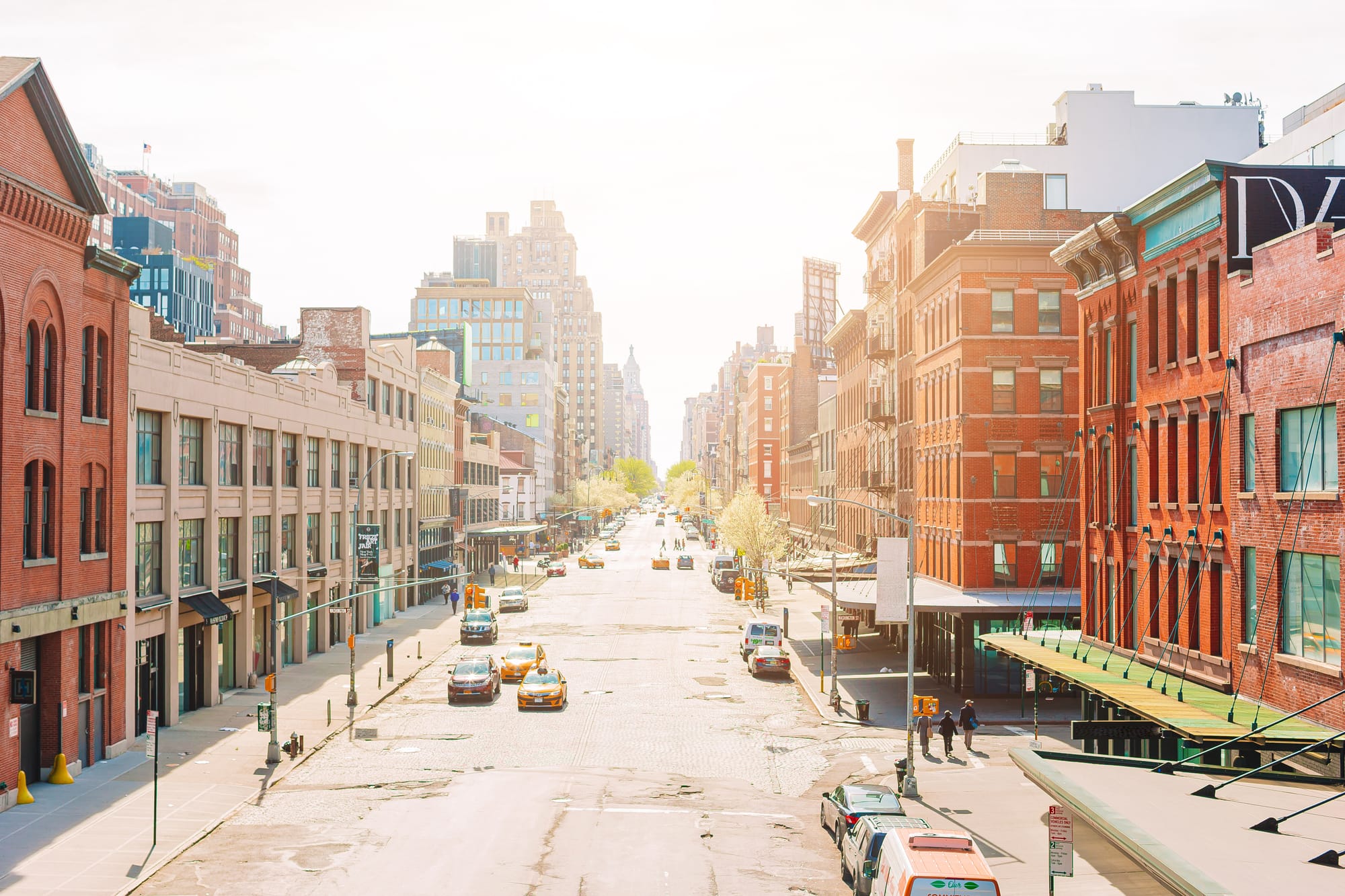
Heat-Prone Streets in Different Cities. In parts of São Paulo (left), Kuala Lumpur (middle) and New York (right), certain streetscapes remain dominated by vehicles, hard surfaces, and minimal greenery. These conditions contribute to localized urban heat buildup—highlighting the need for more climate-sensitive design interventions even within otherwise progressive cities. Source: Envato Elements.
While some streets remain heat-prone and grey, others reflect a very different approach—one that integrates greenery, water, and thoughtful spatial planning. These examples from Seoul, Hokkaido, and Taipei show how cities can mitigate urban heat through design. By prioritising pedestrian comfort, ecological function, and urban greenery, even high-density areas can become cooler, healthier, and more inviting for people.
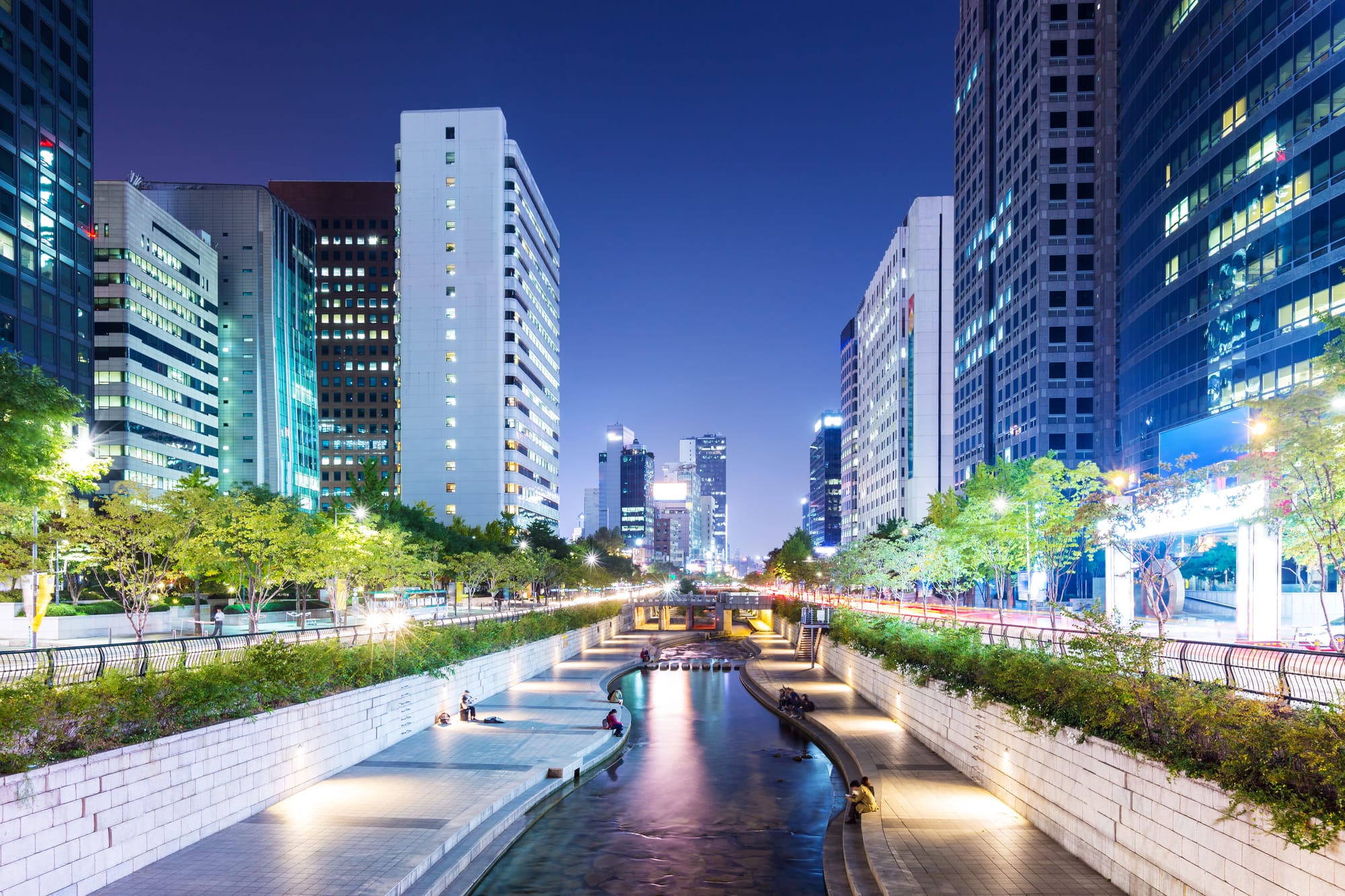
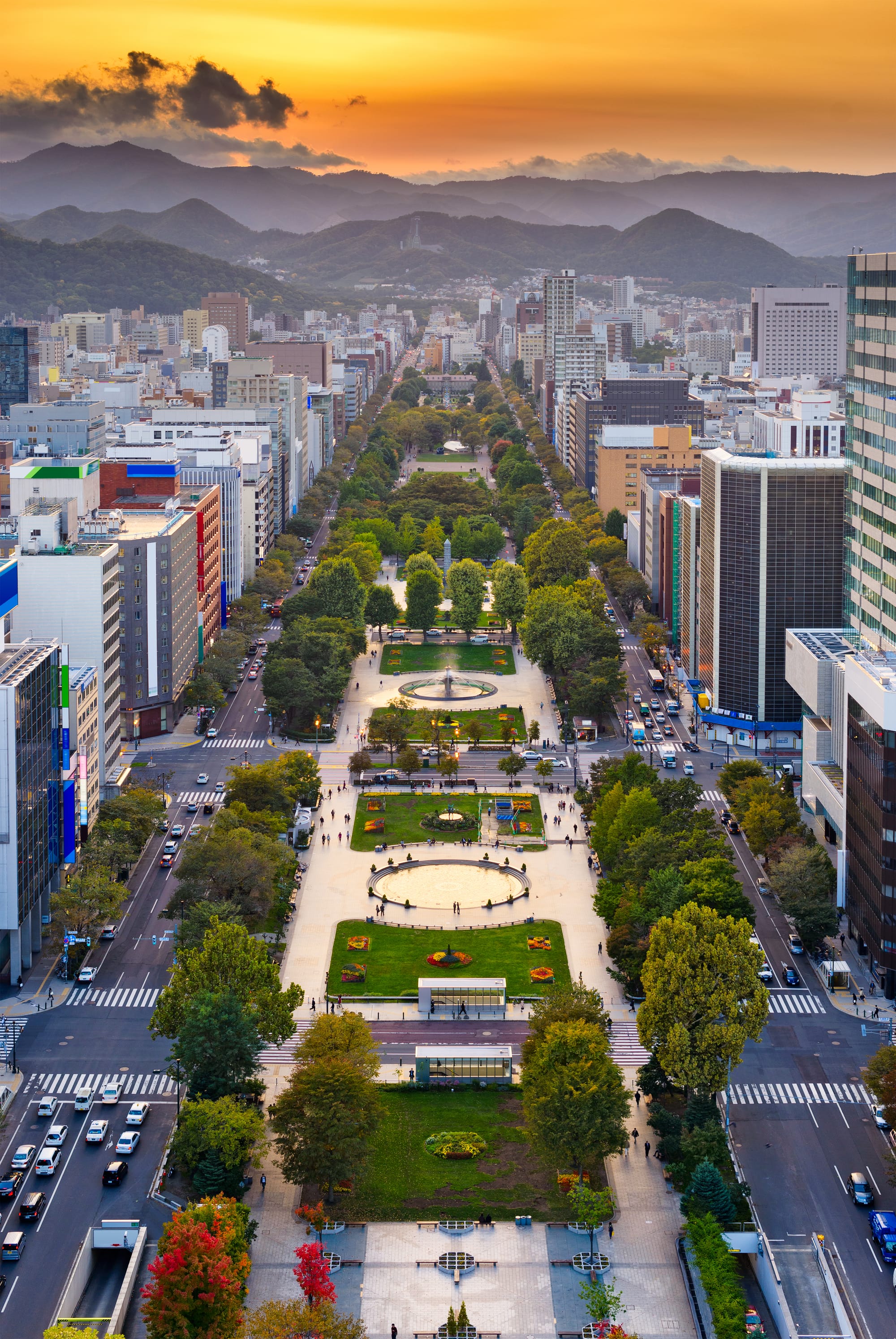
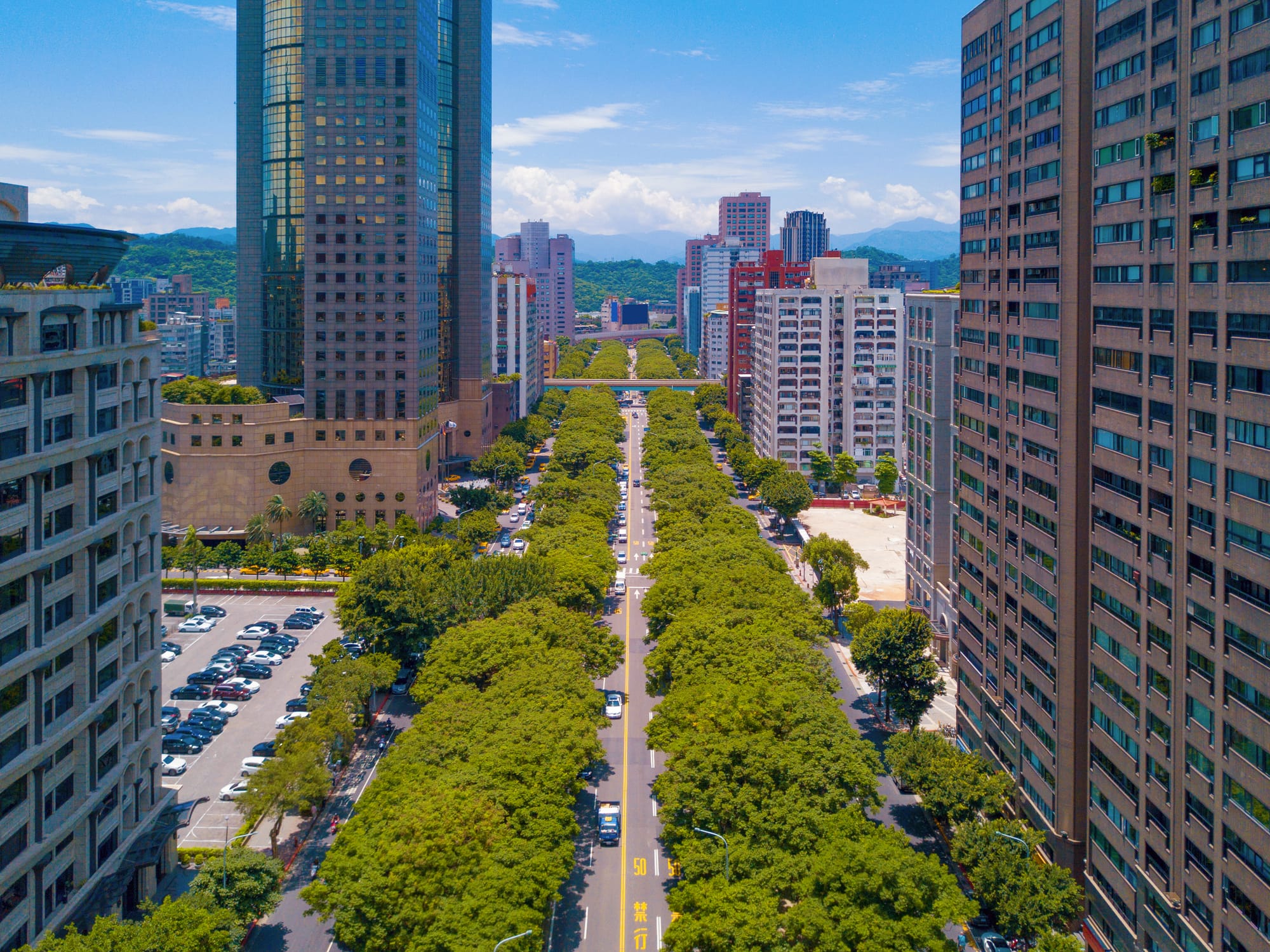
Greener Streets, Cooler Cities. These urban examples—from Seoul’s revitalized Cheonggyecheon stream to Hokkaido’s tree-lined Odori Park and Taipei’s shaded boulevard—demonstrate how integrating greenery, water, and public space into dense cityscapes can reduce urban heat, enhance walkability, and create healthier, more livable environments. Souce: Envato Elements.
This article explores how we can make more climate-sensitive and people-centred decisions when planning the spaces we live and work in, especially through sustainable site selection and design. For those looking for strategies focused specifically on water management, I’ve written a separate post on Sustainable Stormwater Management that complements this broader discussion on urban site design.
Why It Matters: The Real Power of Choosing Sites Wisely
The places we choose to build—how we place buildings on land, where we cut, clear, or conserve—set the tone for everything that follows. A poorly chosen site can lead to long-term issues: flooding, pollution, biodiversity loss, and heat entrapment. On the other hand, a well-considered site selection offers compounding benefits across the environmental, economic, and social spectrum.
For instance, steering clear of environmentally sensitive zones such as wetlands, protected forests, or floodplains helps preserve critical ecosystems and prevents unnecessary risk to infrastructure. Public parkland and recreational areas, often overlooked in urban development plans, also deserve protection—not only for biodiversity, but for the well-being of the communities they serve.
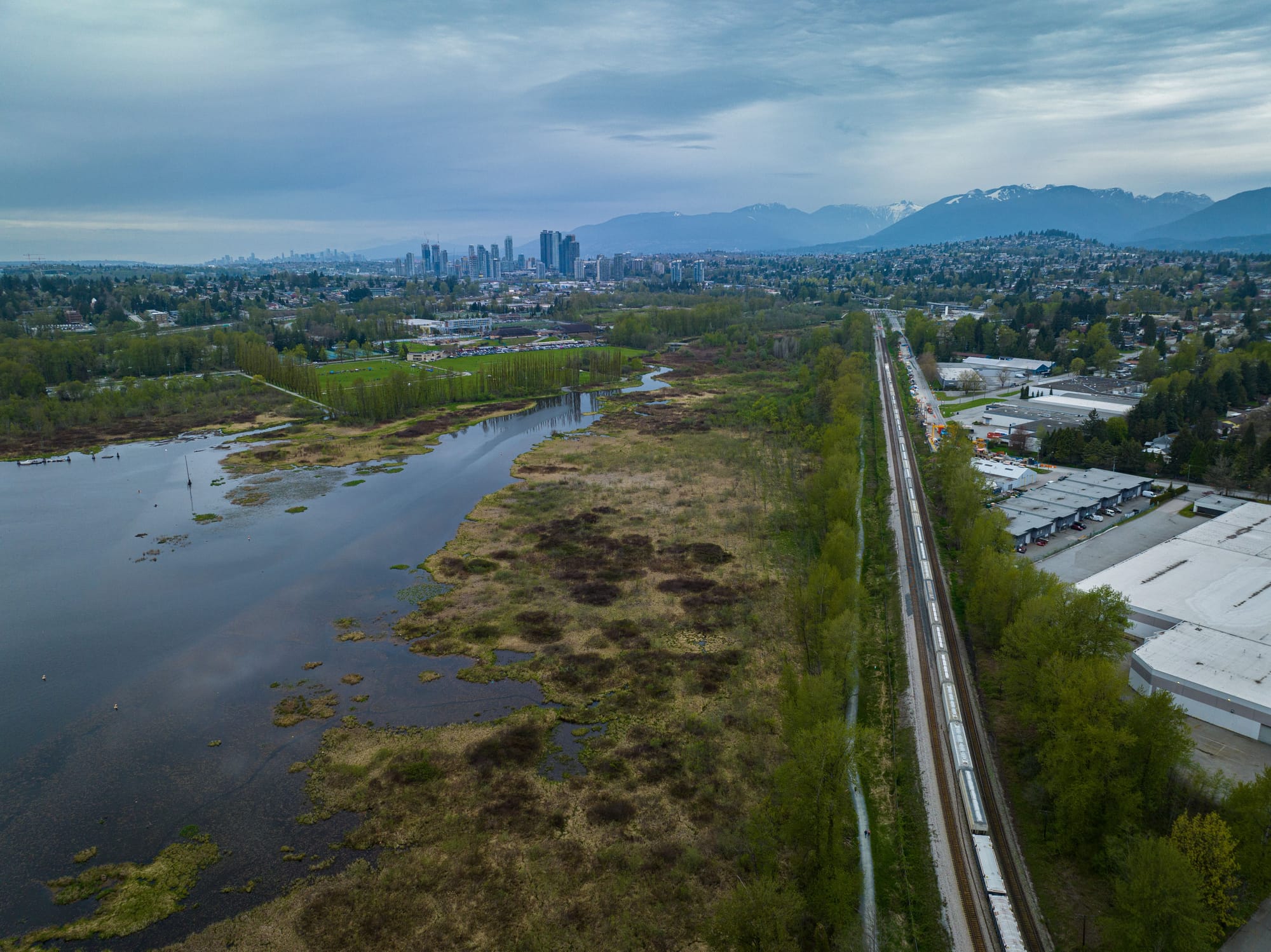
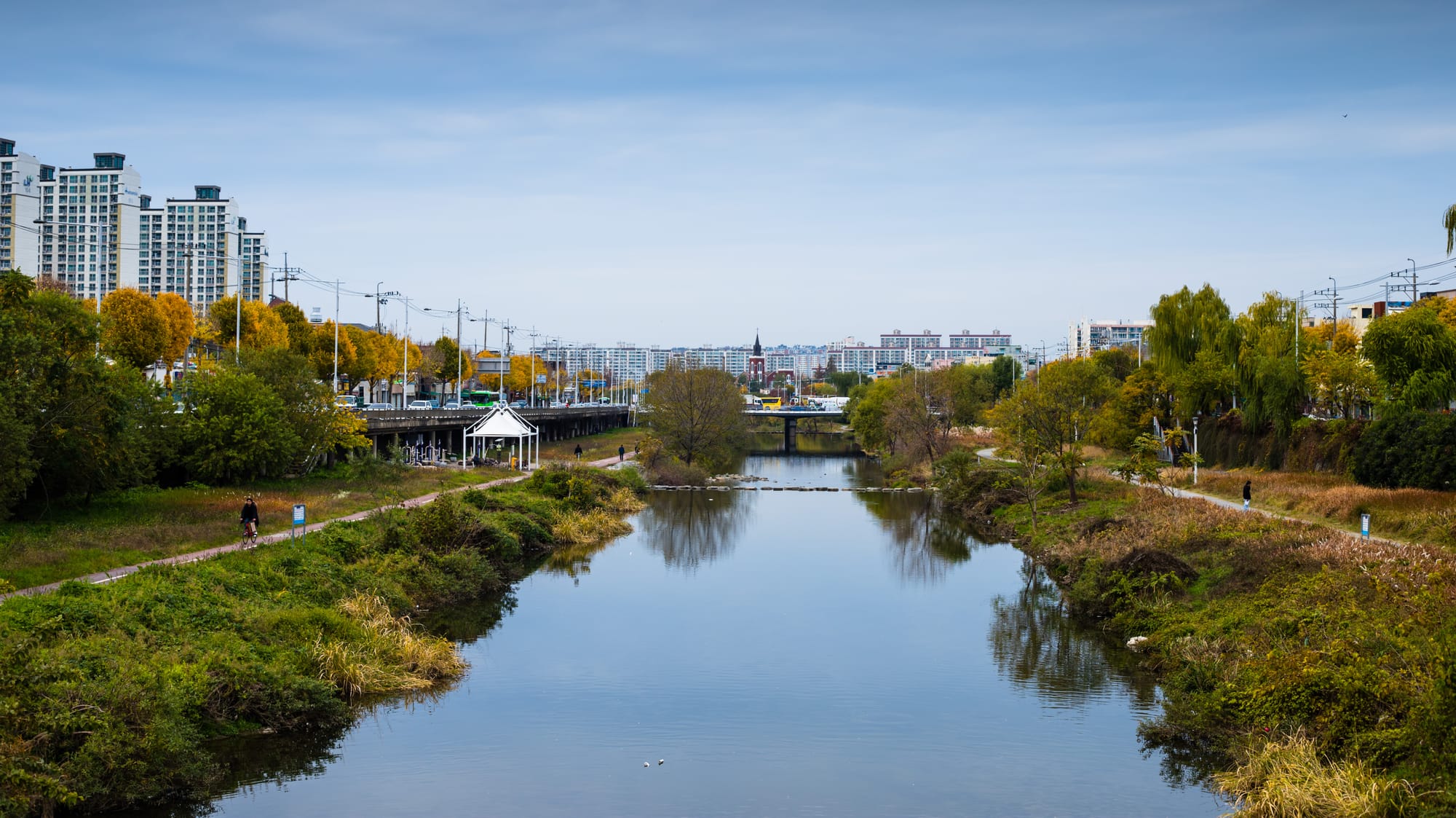
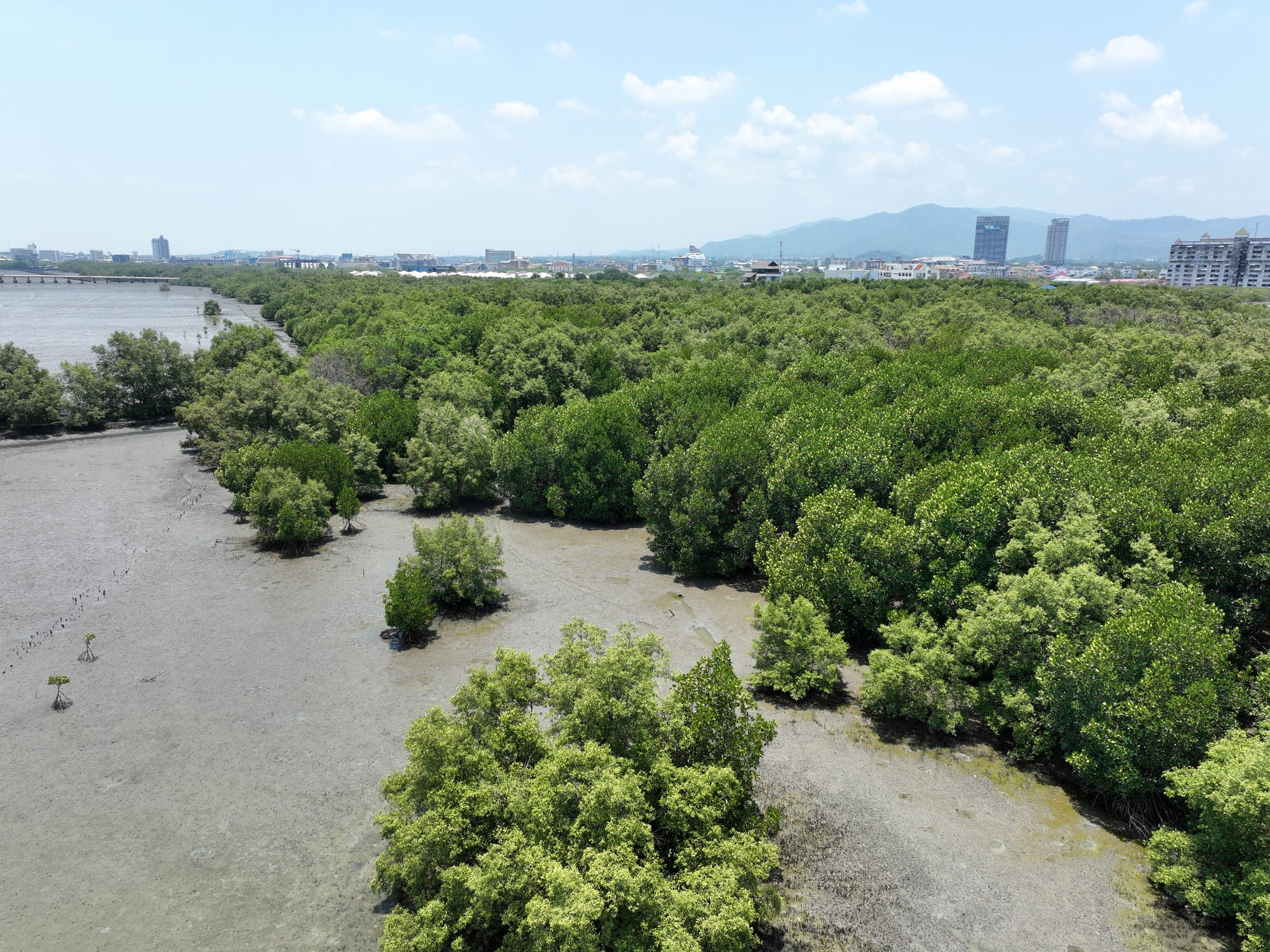
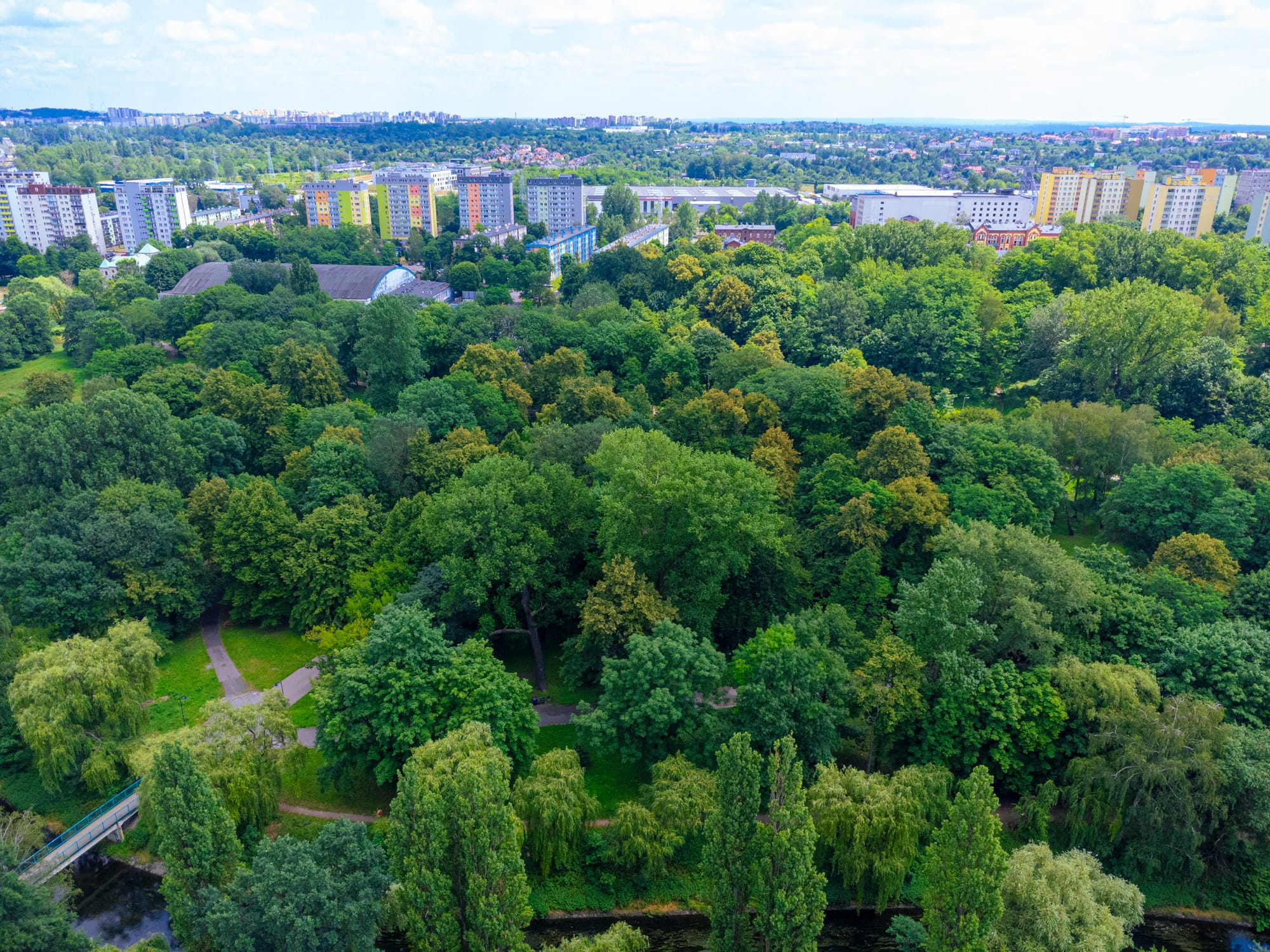
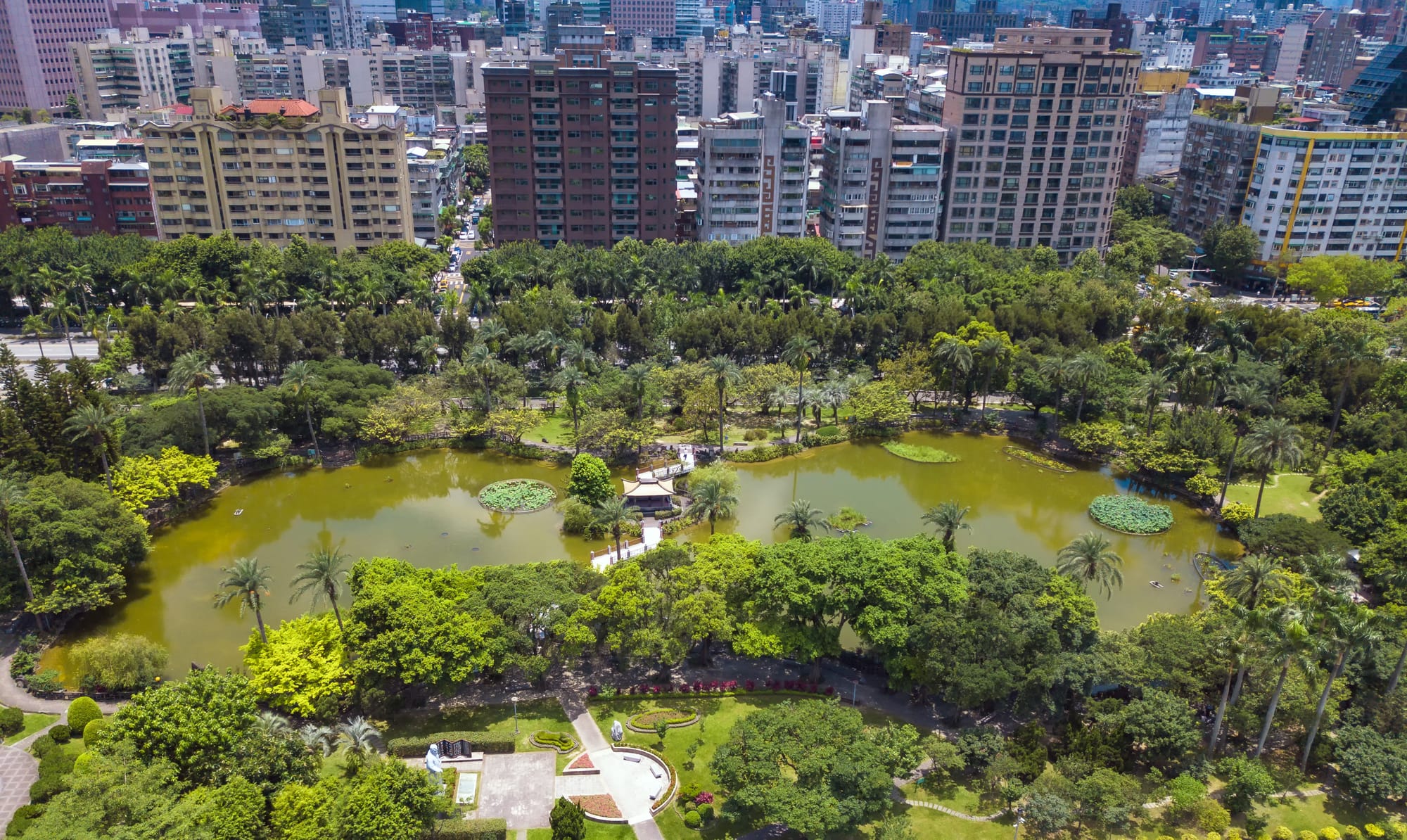
Natural Sites Worth Protecting. From left to right: Wetlands, rivers, mangroves, urban forests, and parklands provide essential ecosystem services—from flood control and carbon sequestration to biodiversity support and community well-being. Avoiding development in these sensitive areas is crucial to preserving ecological balance and enhancing urban resilience. Source: Envato Elements.
Instead of encroaching into greenfields, many forward-thinking planners today are turning to damaged or underutilised sites such as brownfields and greyfields. These previously developed sites may require rehabilitation but often come with the advantage of existing infrastructure, reducing the pressure to expand roads, utilities, or public transport networks outward.
The environmental gains from choosing such sites are substantial, but so are the economic ones. Redeveloping inner urban areas reduces the financial and environmental cost of sprawl. And when redevelopment is integrated into existing neighbourhoods, it supports walkable communities, higher densities, and greater social interaction—all core components of livable cities.
Understanding the importance of site selection lays the foundation for exploring how design choices further influence urban sustainability.
Designing with Respect: How to Tread Lightly on the Land
Sometimes, development on untouched land—what we refer to as greenfield sites—is unavoidable. Projects like forest research centres, eco-resorts, or rural campuses may require isolation from urban areas. In such cases, design must be approached with restraint and responsibility.
Minimising the development footprint is the first principle. This means limiting construction to compact zones, setting clear boundaries, and preserving as much native vegetation as possible. For example, the Seed Pod-shaped Treehouses at Singapore’s New Mandai Eco Resort were built on stilts, leaving the forest floor undisturbed while creating an immersive, elevated experience. Similarly, in Bali’s Green Village, architects embraced a vertical bamboo form that preserved ground space while crafting striking, sustainable homes.

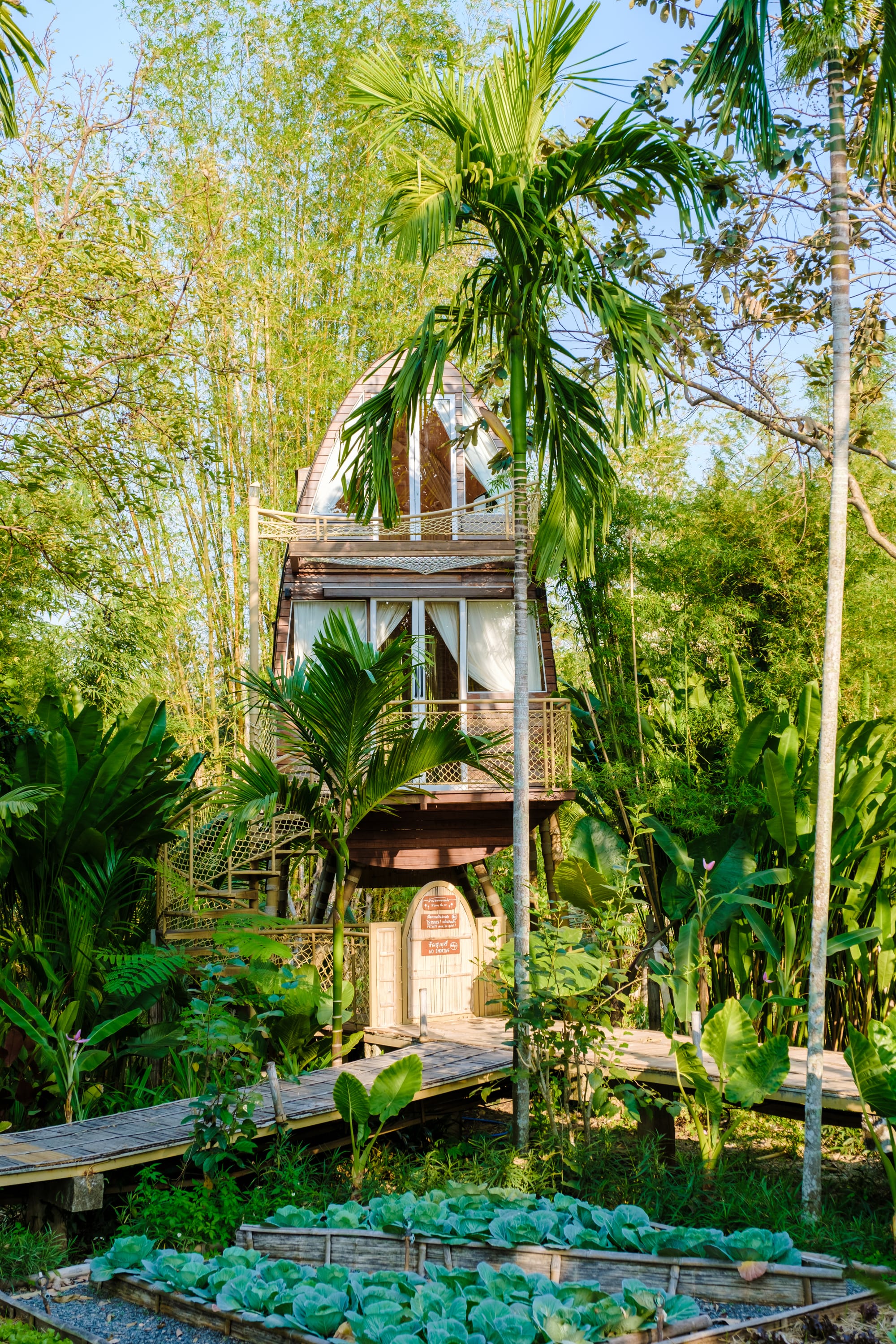
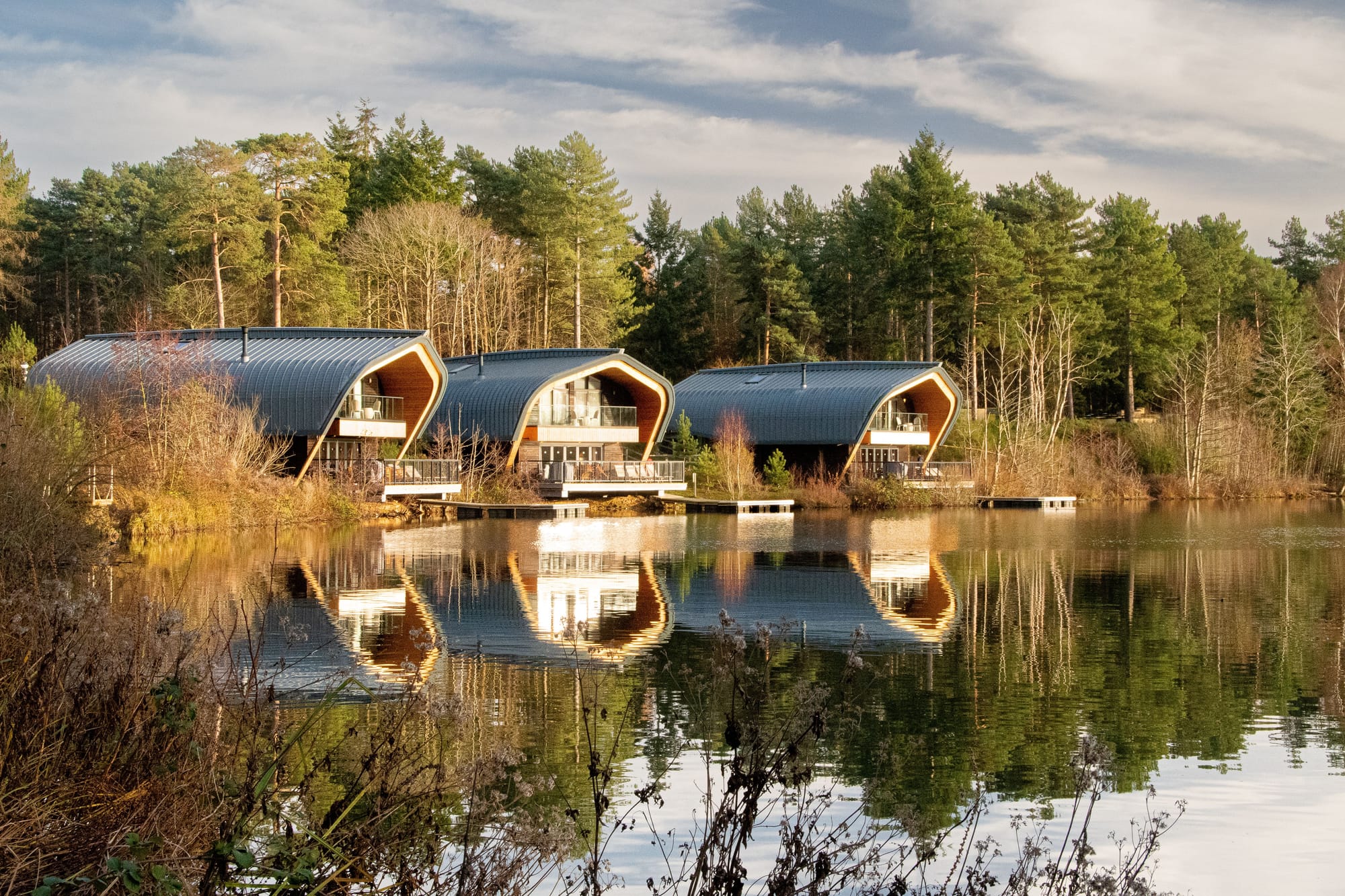
Designing Lightly on the Land. These examples—from elevated bamboo cottages in rice fields to lakeside eco-lodges and forest-integrated treehouses—demonstrate how thoughtful design can minimise site disturbance, preserve natural vegetation, and enhance harmony between built form and landscape. Each structure respects its ecological context while offering immersive, low-impact living experiences. Source: Envato Elements.
When designing on previously developed urban sites, the approach shifts toward regeneration. These sites—often dominated by concrete and impervious surfaces—offer an opportunity to reintroduce nature into the city. Strategies include restoring native vegetation, incorporating green infrastructure such as bioswales and rain gardens, and turning grey rooftops into vibrant green roofs.
A remarkable example of this transformation is Mapletree Business City II in Singapore. Once an oil storage facility, it has been reborn as a thriving green hub with vertical gardens, landscaped courtyards, and rooftop greenery—proof that damaged land can indeed be healed.
The Urban Heat Island Effect: Cooling Cities from the Ground Up
One of the most pressing consequences of poor urban site design is the urban heat island (UHI) effect. This phenomenon causes cities to become significantly hotter than their surrounding rural areas, especially at night. The cause? A combination of concrete, asphalt, lack of vegetation, and waste heat from buildings and vehicles.
In many cities, air-conditioners have become a necessity, not a luxury. Yet the very systems designed to cool indoor environments exacerbate outdoor heat. This creates a feedback loop: more heat, more cooling, more energy consumption, and in turn, more emissions.
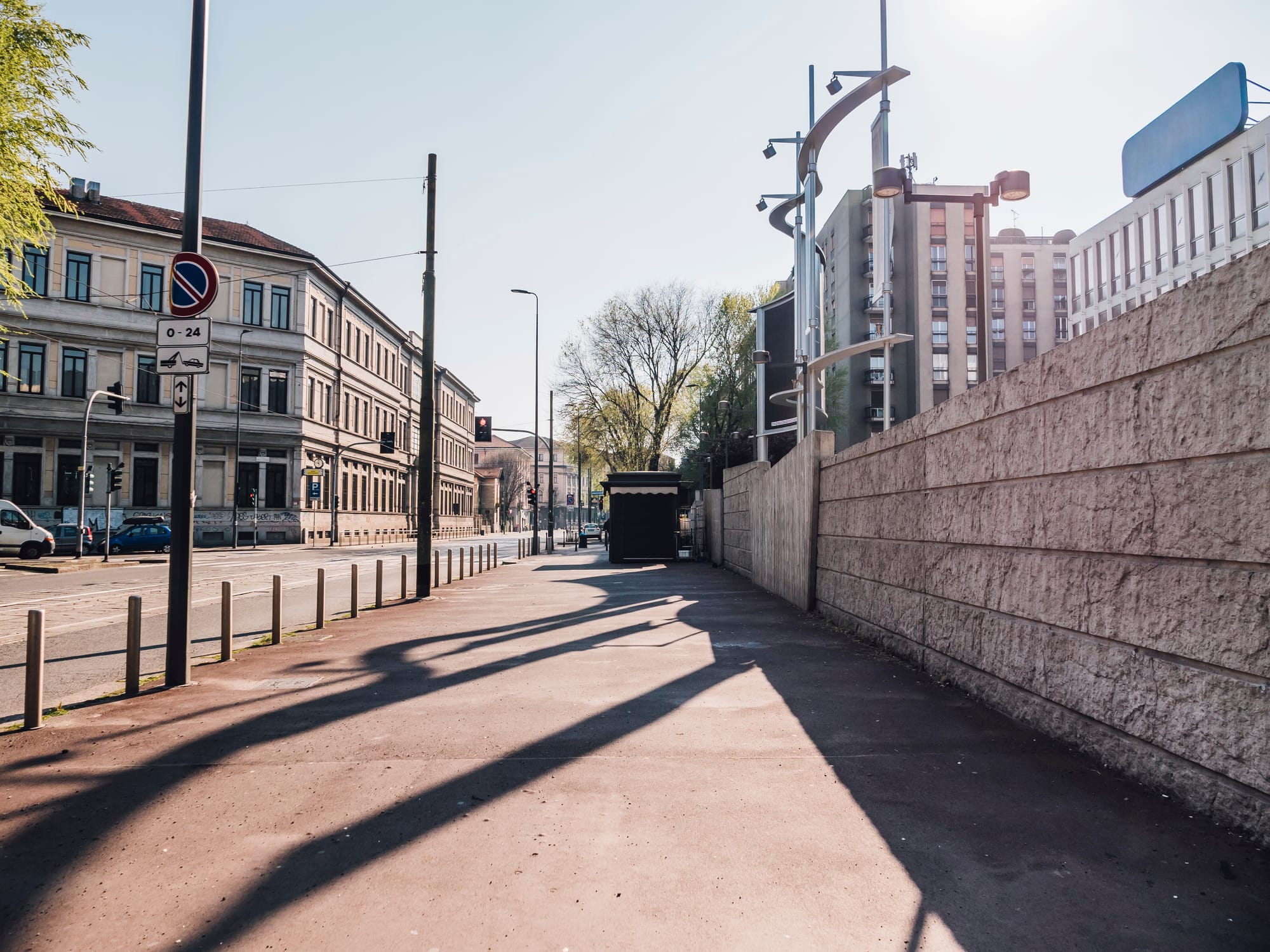
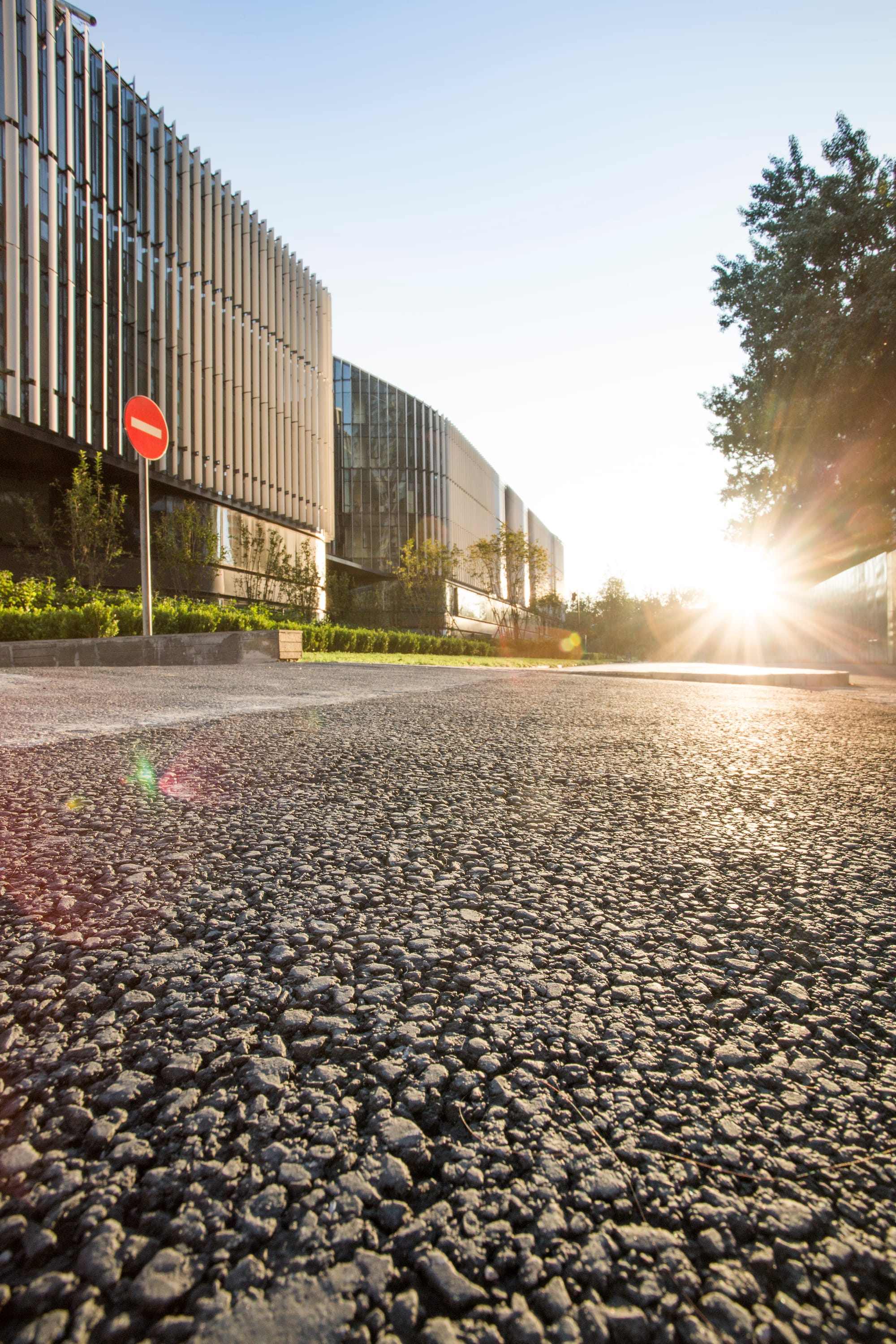
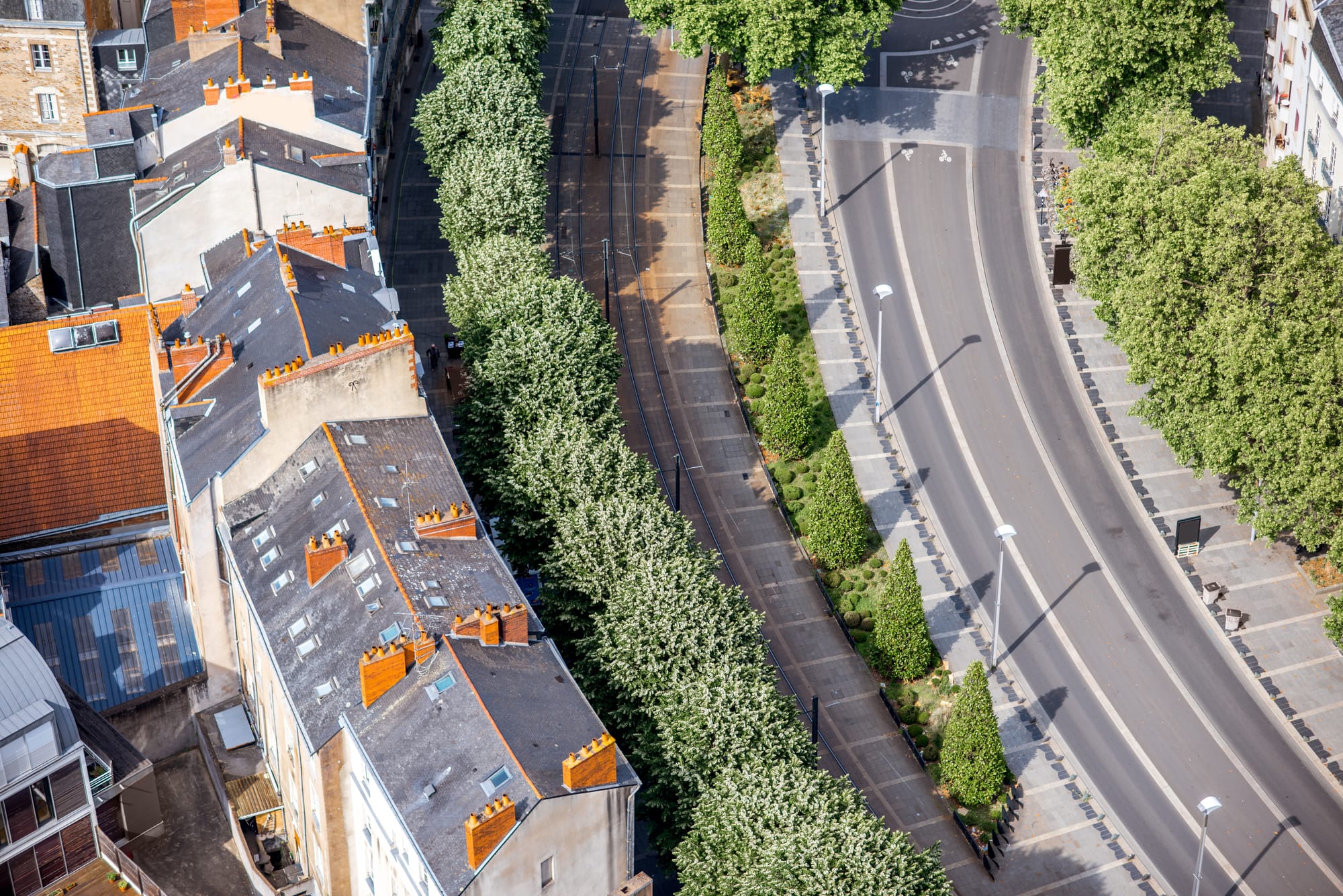
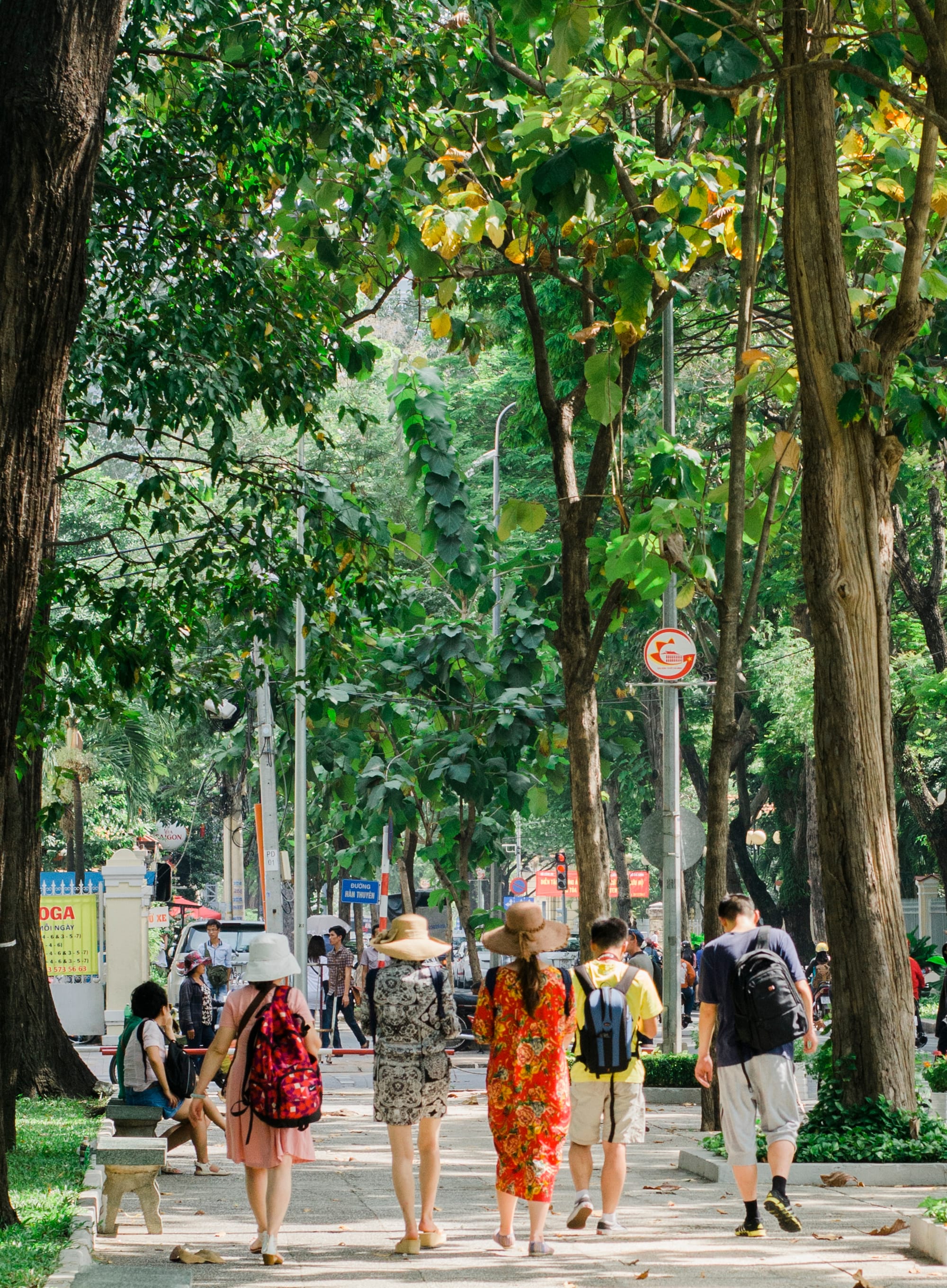
Urban Heat and the Role of Streetscape Design. The top images depict typical heat-retaining urban surfaces—dark asphalt, bare pavements, and minimal vegetation—common contributors to the urban heat island effect. In contrast, the bottom images showcase tree-lined streets and shaded pedestrian paths, where thoughtful landscaping and greenery help cool the microclimate and enhance outdoor thermal comfort. Source: Envato Elements.
Breaking this cycle requires a design shift. Urban areas must embrace green infrastructure, not just for aesthetics, but as a climate mitigation tool. Vegetation cools the air through evapotranspiration, provides shade, and improves air quality. Green roofs, vertical gardens, shaded walkways, and tree-lined streets all contribute to reducing the UHI effect while making urban environments more comfortable and inviting.
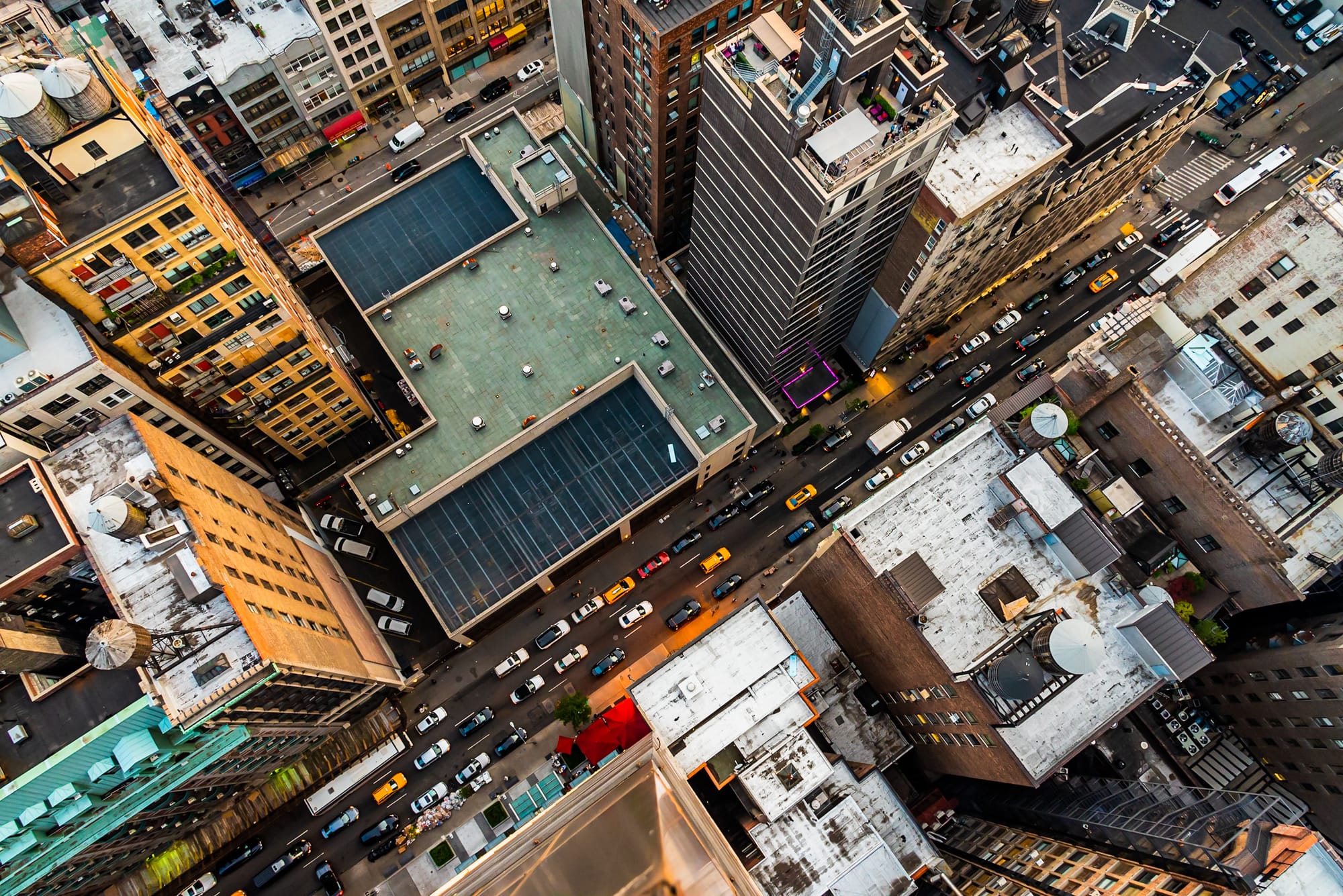
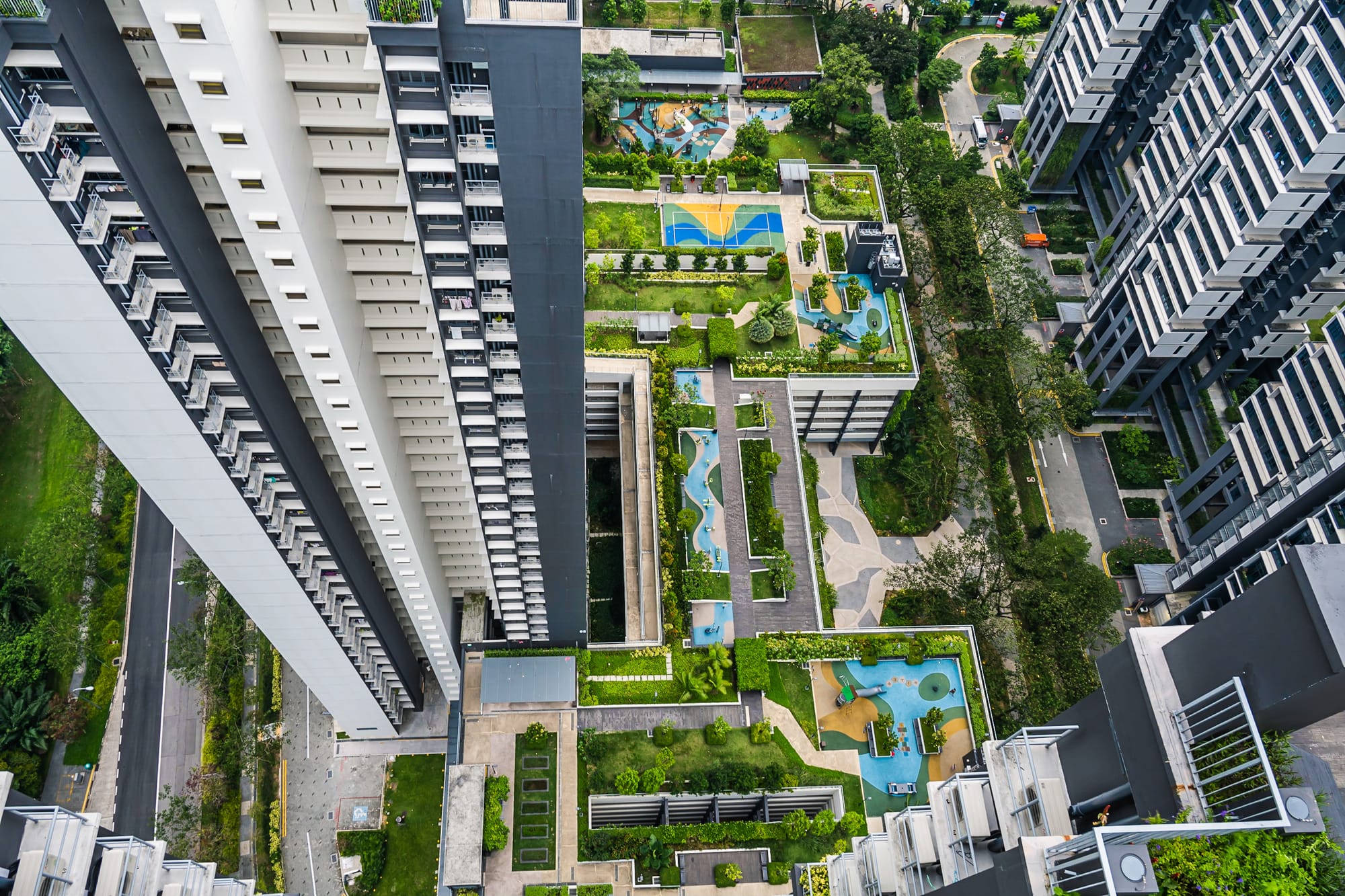
Rooftop Design: A Visible Difference in Urban Heat. On the left, conventional rooftops in New York City are largely bare, heat-absorbing surfaces that contribute significantly to the urban heat island effect. On the right, Singapore’s Dawson Estate showcases a vibrant rooftop landscape with greenery, activity zones, and shaded areas—illustrating how green roofs can cool cities, improve livability, and transform rooftops into climate-resilient public spaces. Source: Envato Elements.
For more on how green roofs manage stormwater, see this post:
High-albedo materials—light-colored pavements and rooftops that reflect solar radiation—can also help lower ambient temperatures. Even parking spaces, often dismissed as neutral ground, can play a role. Shaded car parks using solar canopies or tree cover significantly reduce heat buildup and create dual benefits: cooler surfaces and renewable energy generation.
Conclusion: Cooler, Greener, and Kinder Cities Are Possible

Urban development doesn’t have to mean compromise. With thoughtful site selection and sustainable design, we can create cities that are cooler in temperature, greener in outlook, and kinder to both people and the planet.
These spaces don't just help us adapt to climate change—they actively fight it. They reduce energy use, support biodiversity, and create healthier places to live. They remind us that every patch of land holds potential, not just for buildings, but for balance.
Want more strategies for sustainable urban living?
Subscribe to receive new posts on climate-responsive design, green infrastructure, and building cities that work better for people and the planet.
Continue Reading
References
- Mersal, A. (2016). Sustainable urban futures: Environmental planning for sustainable urban development. Procedia Environmental Sciences, 34, 49-61.
- Li, Z., Ma, Z., & Zhou, G. (2022). Impact of land use change on habitat quality and regional biodiversity capacity: Temporal and spatial evolution and prediction analysis. Frontiers in Environmental Science, 10.
- Dietz, M. E. (2007). Low impact development practices: A Review of current research and recommendations for future directions. Water, Air & Soil Pollution, 186, 351-363.
- Gago, E. J., Roldan, J. Pacheco-Torres, R. & Ordonez, J. (2013). The city and urban heat islands: A review of strategies to mitigate adverse effects. Renewable and Sustainable Energy Reviews, 25, 749-758.
- Taha, H. (2004). Urban heat island effect - an overview. In Cleveland, C. J. (Ed), Encylopedia of Energy. Elsevier Inc.
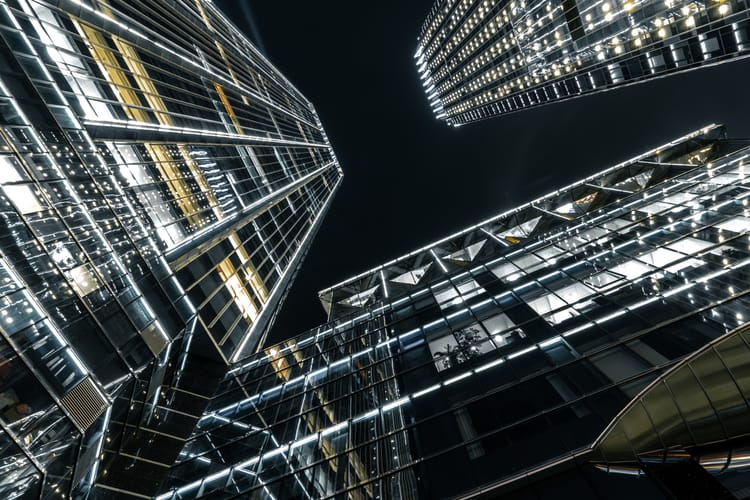


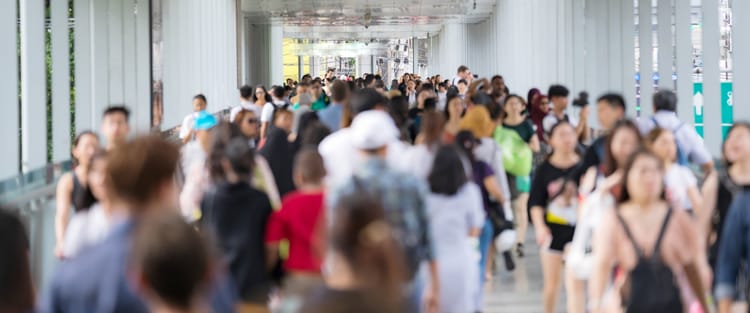
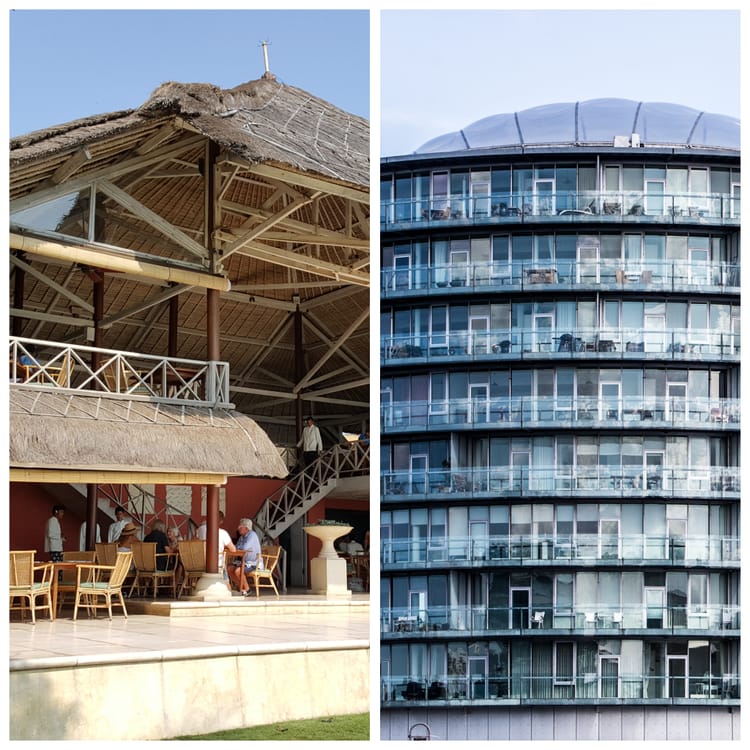
Member discussion